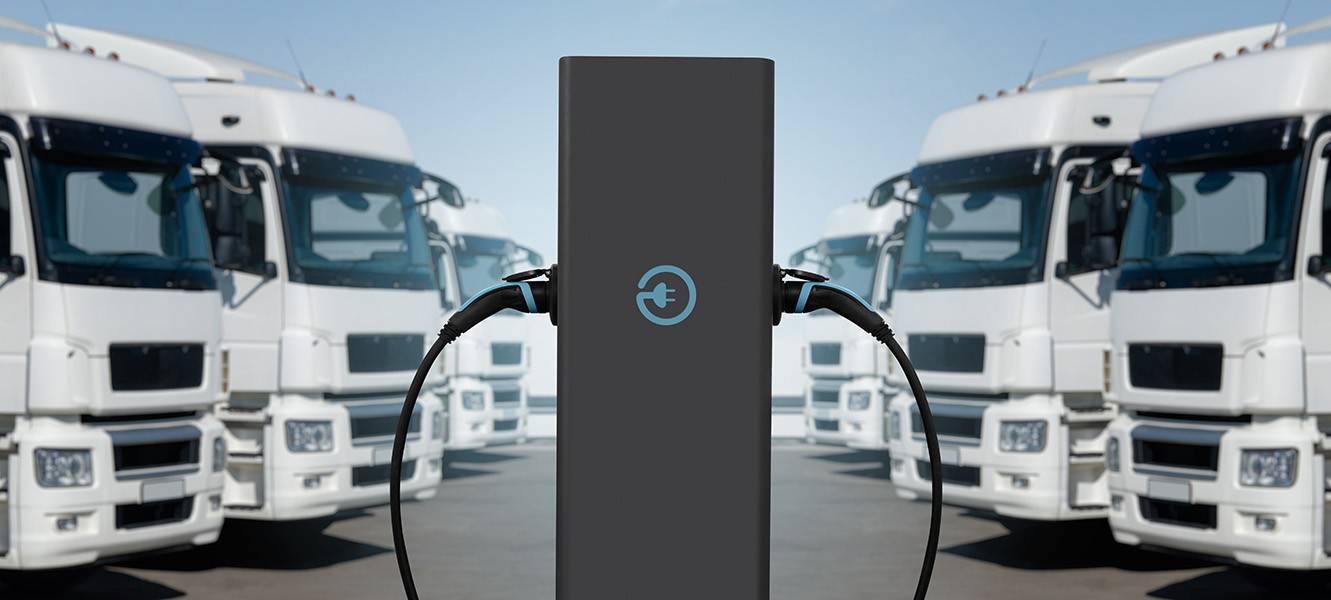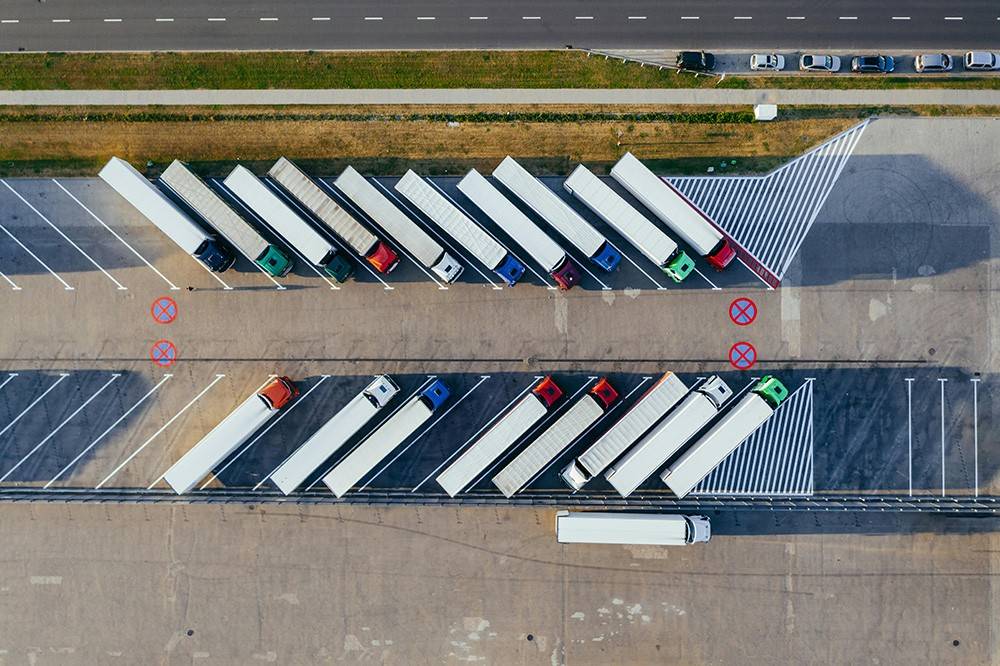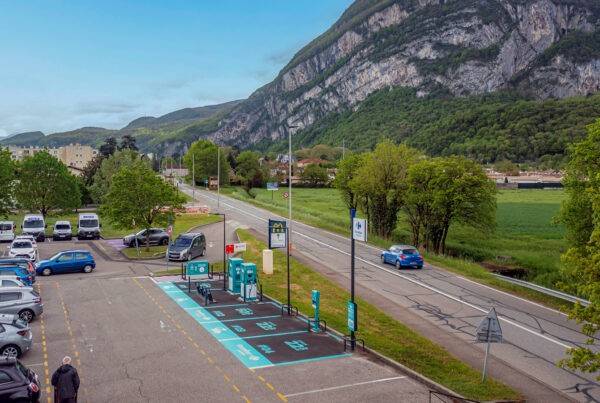Faced with the high greenhouse gas emissions generated by heavy-duty vehicles, accounting for more than 25% of road transport emissions and 6% of the European total, on 10 April 2024 the European Parliament adopted an agreement with the Council. This agreement aims to strengthen the targets for reducing CO2 emissions imposed on new heavy goods vehicles placed on the market, with the goal of accelerating the fight against climate change for this highly polluting sector.
Au sommaire de cet article :
What targets has the EU set?
On 10 April 2024, European MPs adopted a new regulation aimed at reducing CO2 emissions from new heavy goods vehicles, buses and trailers. This measure is considered an essential step towards meeting the EU’s targets for achieving climate neutrality by 2050.
According to the adopted text, CO2 emissions from heavy trucks (including commercial vehicles such as garbage trucks, dump trucks or concrete mixers) and buses must be reduced:
- by 45% for the period 2030-2034,
- by 65% for 2035-2039
- by 90% from 2040 onwards.
These targets, applicable to new heavy goods vehicles over 7.5 tonnes and coaches, are in addition to the already planned target of a 15% reduction by 2025 under the current regulation.
It should be noted: by 2030, new city buses will have to reduce their emissions by 90%, and then achieve zero emissions by 2035. Emission reduction targets are also set for trailers (7.5%) and semi-trailers (10%) from 2030.
Meeting the Challenge of the Energy Transition

For road hauliers, the challenge is a major one. By banning the sale of new fossil fuel-powered heavy goods vehicles from 2040, the new European regulation forces them to undergo a profound transformation of their business model in order to remain competitive. Anticipating the post-diesel era, rethinking fuel supply, modernising fleets: a complete overhaul for an entire industry.
The key issue will be determining the most suitable energy solution for different activities. Several alternatives are already emerging: low-carbon liquid fuels, natural or renewable gas, electric with batteries or hydrogen fuel cells. Retrofitting, the conversion of existing thermal vehicles to electric, could also find its place.




